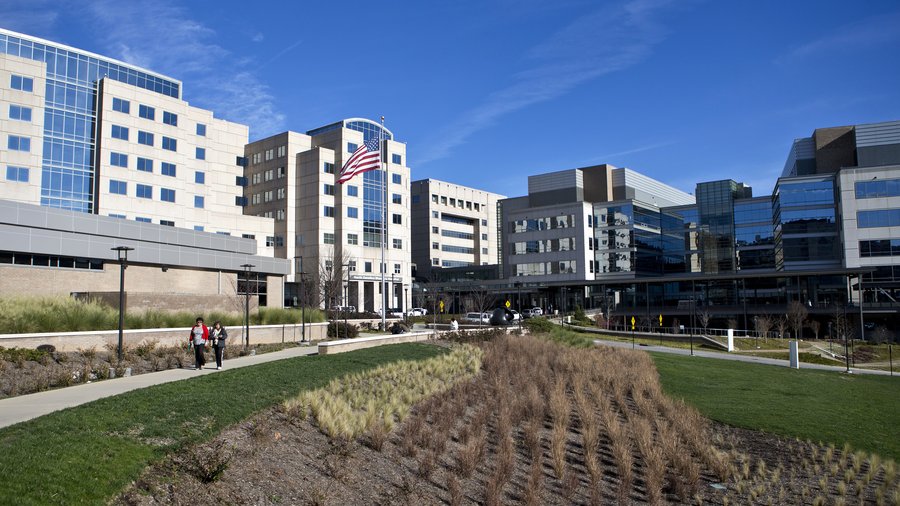Though modern HIV treatment allows most patients to lead productive lives, researchers and medical practitioners have spent years searching for a method to fully eradicate the virus – which lives on in reservoirs within the body's cells.
Now, researchers at UNC-Chapel Hill's School of Medicine say a discovery over the formation of those reservoirs could be a breakthrough in working to eradicate the virus – and to their surprise, the discovery is a direct result of the effect of HIV's leading treatment method.
Ronald Swanstrom, a professor of biochemistry and biophysics at the UNC, says they have discovered that Antiretroviral therapy (ART) – used for the treatment of HIV – alters the host environment of cells, a process that plays a role in the formation of the very reservoirs the virus cannot be removed from.
Swanstrom says it is important to understand ART is not the implicit cause of the reservoir, but rather that the therapy has a strong effect on them at the early stages.
"We already knew that there was a reservoir," he says. "We don't really understand very well how that reservoir forms, so it's kind of a black box."
"ART is essential for having people live long, productive lives – they're critical," he says. "It has to do with how the body responds to all these changes, and this reservoir process, which actually goes on over the entire period of infection at a low level, suddenly ramps up at this one moment."
According to the World Health Organization, about 38 million people are living with HIV across the globe – with about 1 million in the United States. ART therapies are widely available and will – in most cases – prevent patients from developing the fatal evolution of AIDS -- however, the treatments must be taken indefinitely due to the residual virus in the reservoirs.
By knowing that ART is a mechanism that affects the reservoir, Swanstrom says it gives researchers data to further understand them and begin to reverse-engineer research for potential therapeutics to close the reservoirs.
"If we could understand what's going on at that moment – and it is a relatively short period of time – presumably, there are changes that are big enough that we could measure," he says. "So if we could understand what those changes were, we could say 'well let's block that change or at least delay it' to where there's no replicating virus around to form a reservoir."
The research was published in Science Translational Medicine. In addition to the UNC team, research was done in conjunction with the University of Cape Town, and the CAPRISA research team in South Africa.




